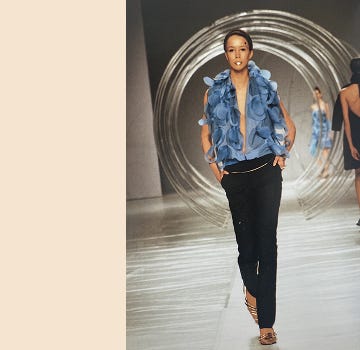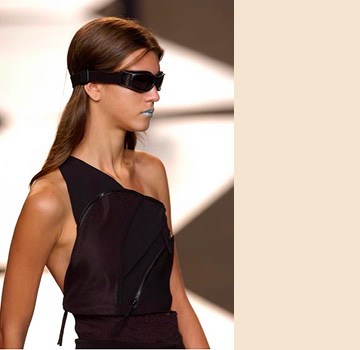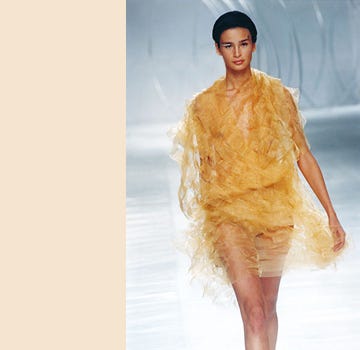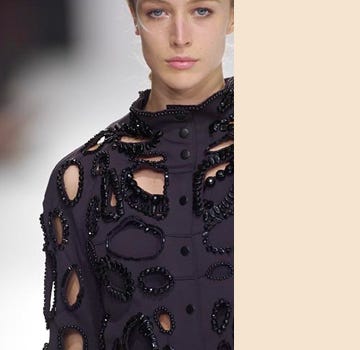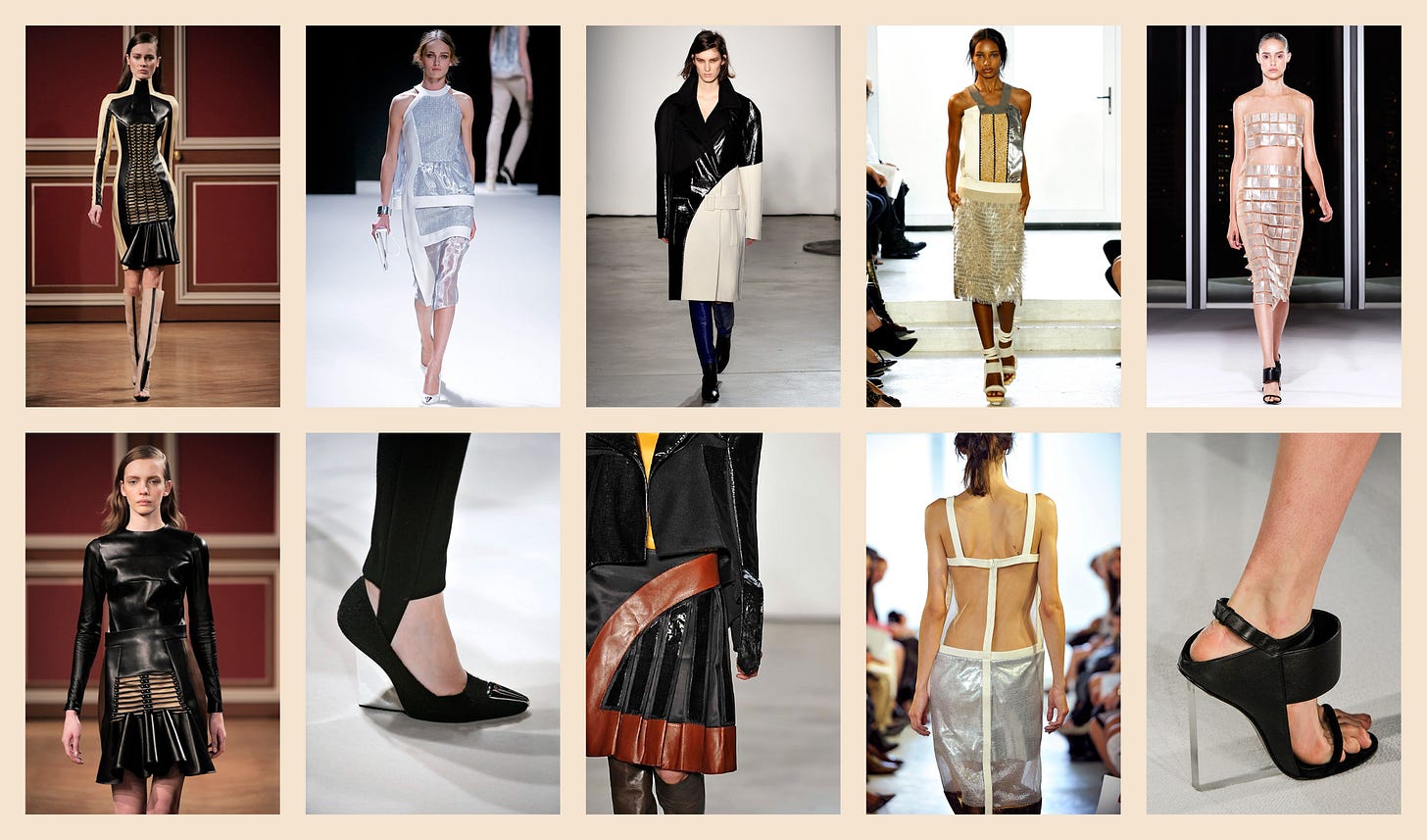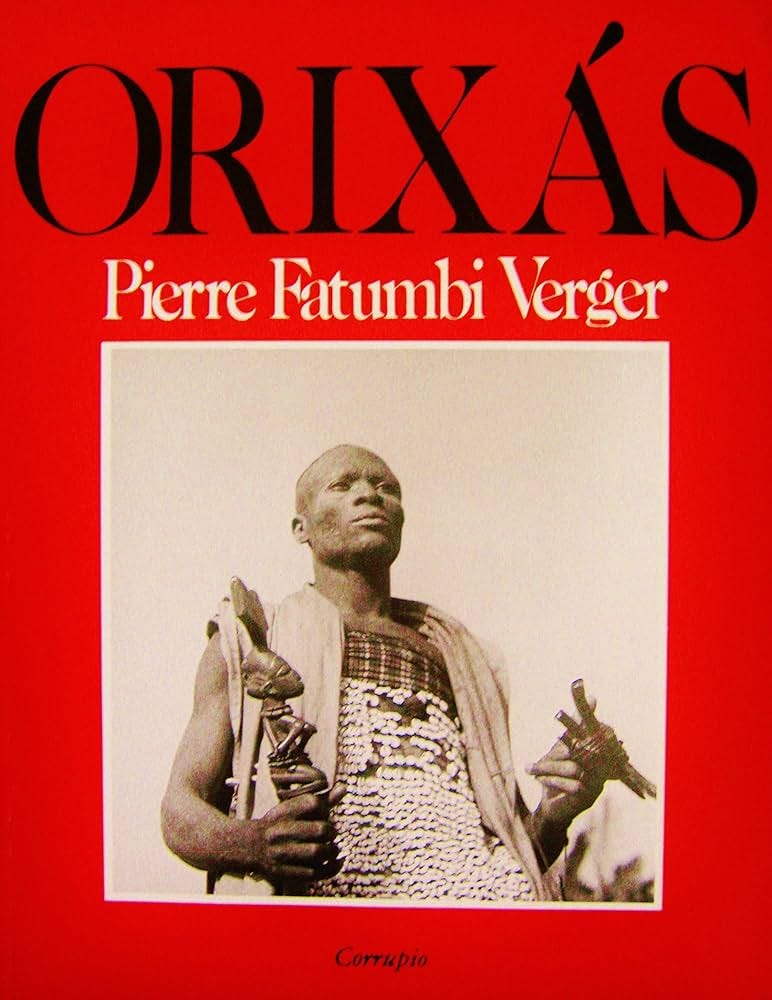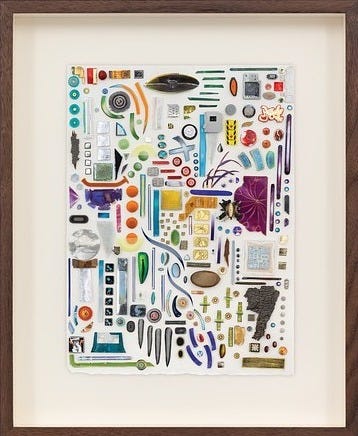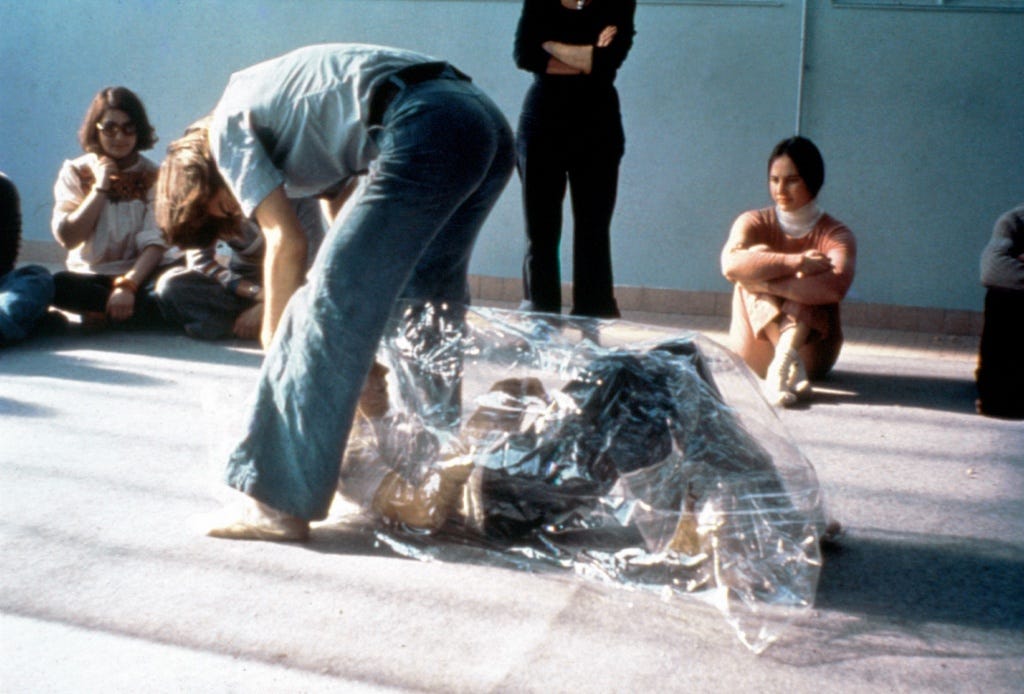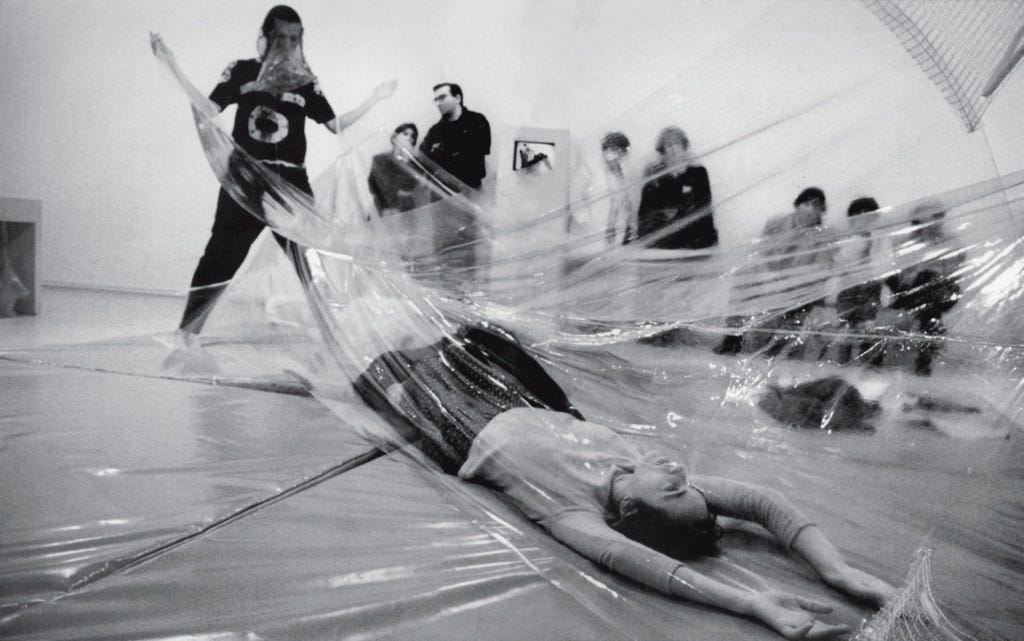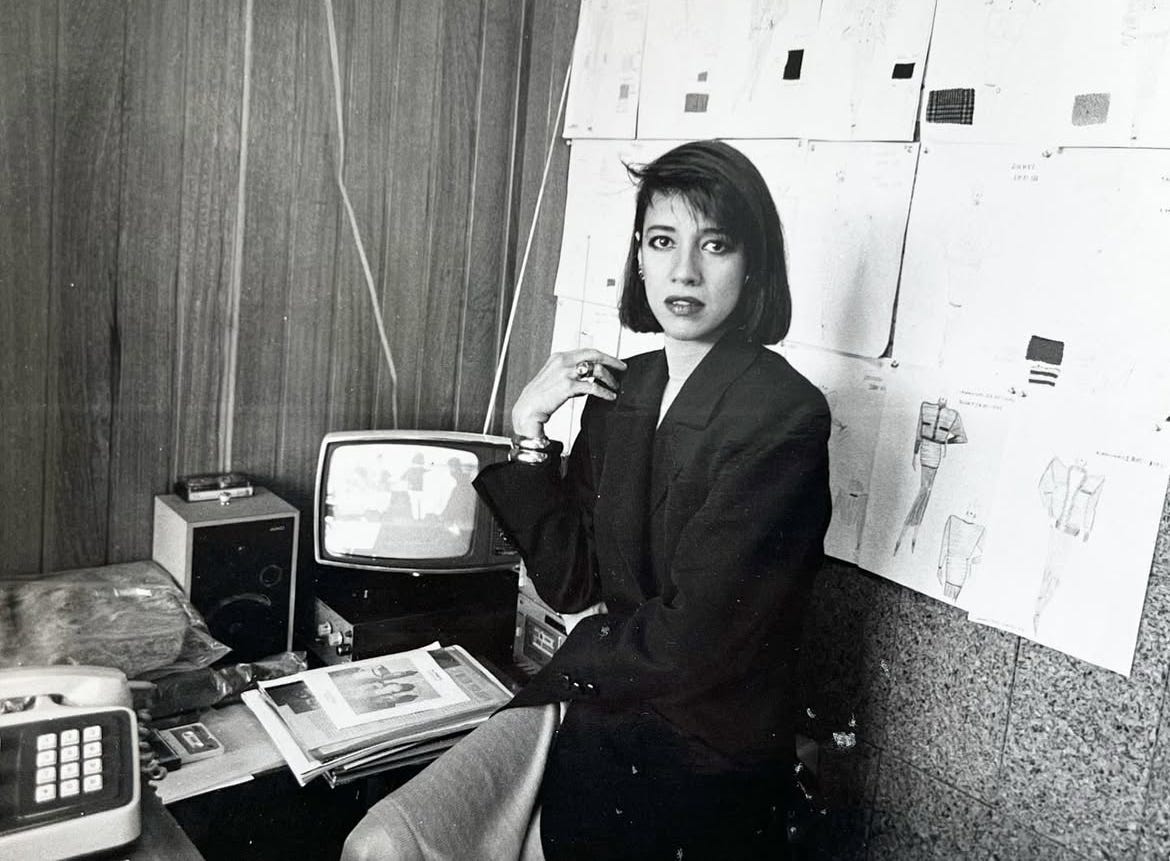Pedro Lourenço Picks 10 Things That Represent His Brazilian Roots
It’s about reconnecting with what was always here and was just silenced.
Pedro Lourenço is a Brazilian fashion designer. He is also my soulmate, my dearest friend, a person I have met in another dimension and have built a bond of love and harmony with in this one. Here are some images of his work before he writes to you about his roots.
by Pedro Lourenço
The Roots of Brazil
Although I grew up in Brazil I never really realized how deeply conditioned we are to see the world through an eurocentric lens. It took leaving the country to value my roots and recognize how much of our identity is shaped by colonial narratives.
That’s why the book “Descolonizando Afetos” by Geni Núñez resonated with me so much. It’s not just a book about love, it’s a book about unlearning. Núñez, who was born and raised Guarani, explores how colonialism affects the way we relate to others, the way we love, and the way we understand ourselves. She invites us to rethink who we are through a perspective grounded in indigenous knowledge and the people’s connection to the land.
What I find particularly powerful about her work is the way she frames indigenous cosmology. She perceives it not just as culture, but as a worldview where nature isn’t something separate from us. She challenges our behaviors of possession and control, be it over people or the environment, and shifts our perspective into a more humane one. I believe this shift is something we really need right now.
Núñez made me realize that decolonizing how we live and love is a slow process, but also a deeply freeing one. It’s not about rejecting everything: it’s about reconnecting with what was always here and was just silenced.
The State of Bahia
Salvador

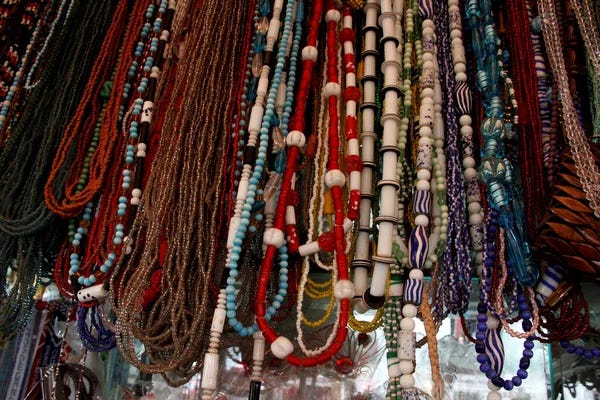
Bahia was my point of departure. My mom’s family is from Bahia and for as long as I can remember we were visiting Salvador. The Mercado Modelo is a market facing the Bay of All Saints, historically it was used as a commercial warehouse. Today, it’s a symbol of the afro-brazilian cultural resistance and showcases the local identity. As a meeting point for the Pai and Mãe de Santo (Mother and Father of Saint) of the Candomblé spiritual practice, you can find religious products like guides, herbs, and clothing, as well as crafts, ceramics, and local foods. It was an important part of my upbringing.
Candomblé
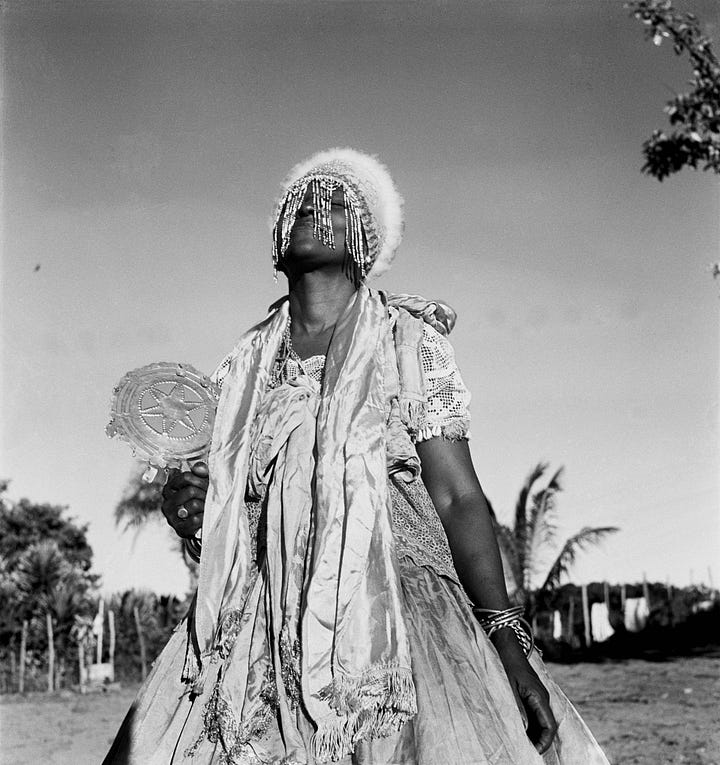
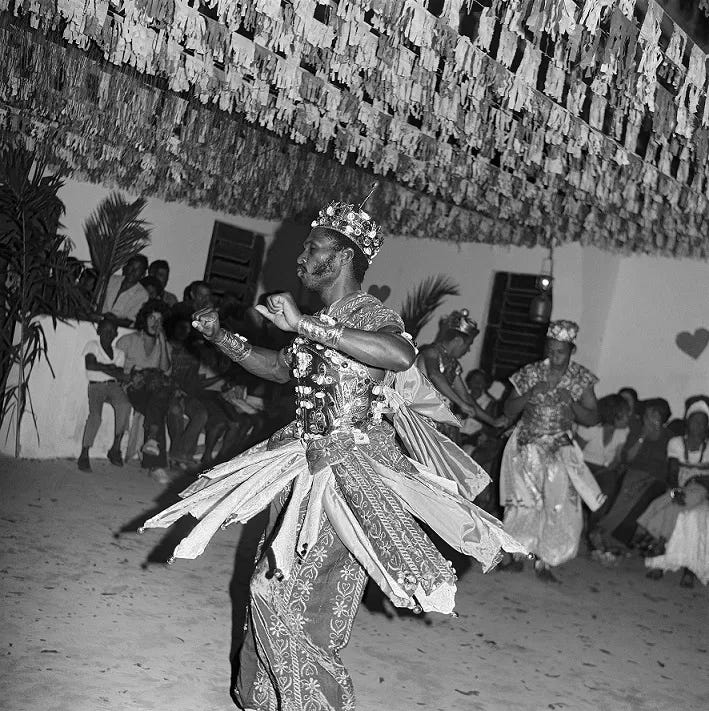
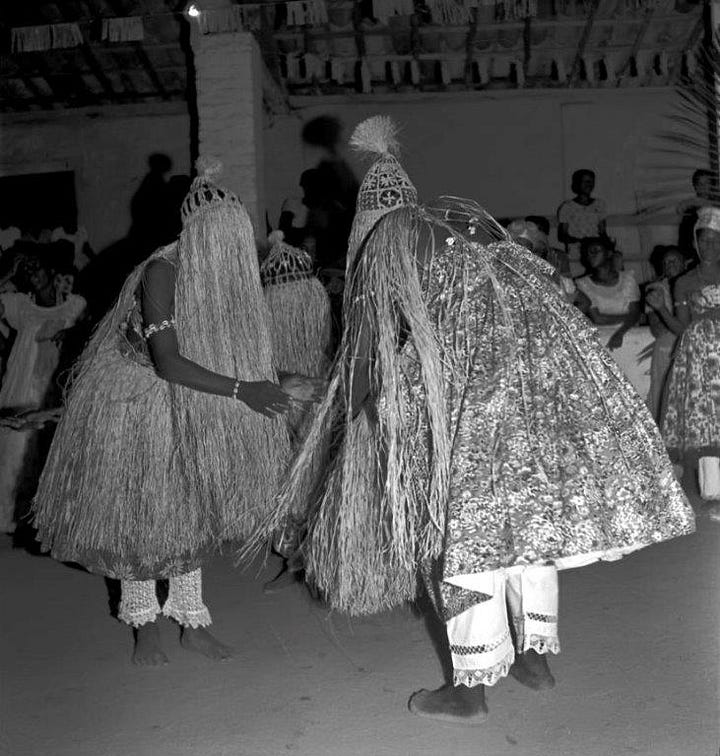
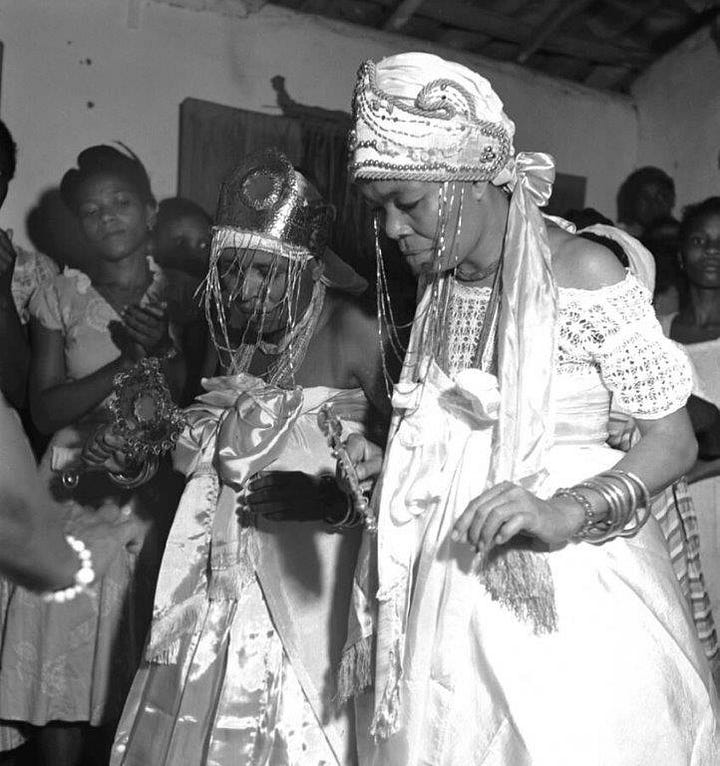
Since I was little I was in contact with Candomblé, which originated in Salvador with the arrival of West and Central Africans. In recent years, I’ve been deepening my spirituality in this practice. The language of the Orixás, the deities and spirits, are very powerful to me. I love how the French photographer Pierre Verger portrayed brazilian Candomblé in these images, he was one of the best to represent the striking beauty created in these rituals.
In Candomblé, each devout is appointed an Orixá, and mine is Logun Edé, who carries both the masculine and the feminine, the yin and the yang of existence. He lived six months with his mother, Oxum, in the fresh water learning the art of beauty, diplomacy, seduction, and sensibility. The other six months he lived with his father, Oxóssi, in the woods learning to hunt, defend, be agile, and strong. This book, also by Pierre Verger, has been formative.
One ritual in Candomblé that’s very important to me is the plant bath with rosemary, snake plant, and dragon tree. It keeps away negative energy, helps harmonize energy fields, and revitalizes and elevates spiritual vibrations. I boil a handful of each plant, infuse it for 10 minutes, filter out the mixture, and pour the preparation on my clean body, I then let myself dry in fresh air.
Villa Naia
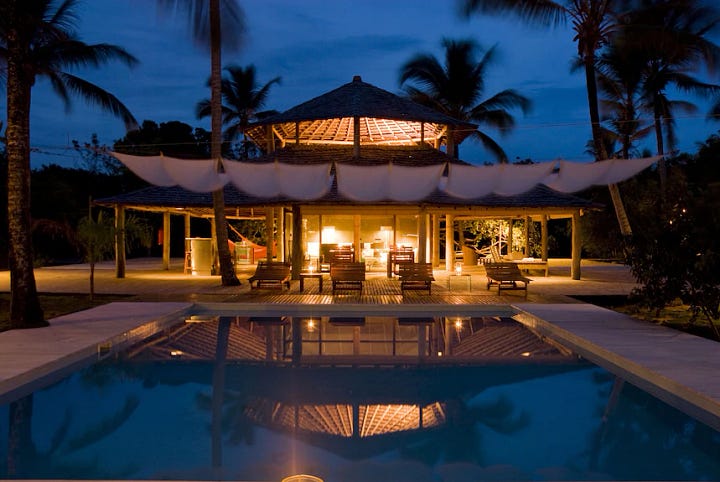
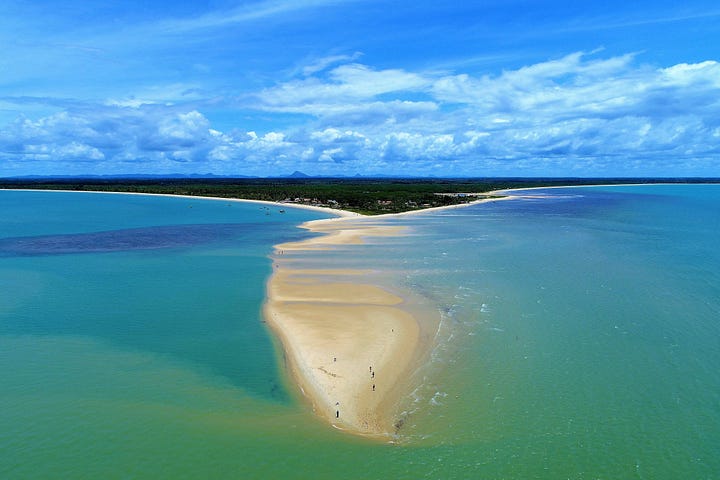
Corumbau is difficult to access, but because it hasn’t been widely explored it’s home to beautiful deserted beaches. Bahia’s beaches have a unique relaxing energy and power. Villa Naia is the hotel of a family friend, Renata Melão, who has extremely good taste and really understands the elegant simplicity of Brazil.
Antonio Tarsis
Antonio Tarsis is from Bahia and lives in London. He’s a friend and in my opinion he’s one of the most relevant young Brazilian artists of our times. He made “Mining V” for me using repurposed fabrics from my brand Zilver. To make his assemblages, Tarsis reprocesses everyday objects, and in doing so, speaks to the invisible parts of globalization and the global economy, primarily labor. His work not only reflects on the lives and invisible labor of the marginalized, but seeks to unearth forgotten and suppressed stories often excluded from global narratives. By transforming what’s considered trash into something valuable, Tarsis brings center stage the socio-economic model of inequality in Brazil.
The Brazilian Body
Alair Gomes
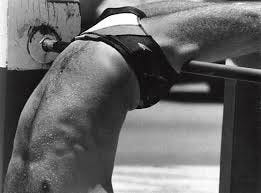
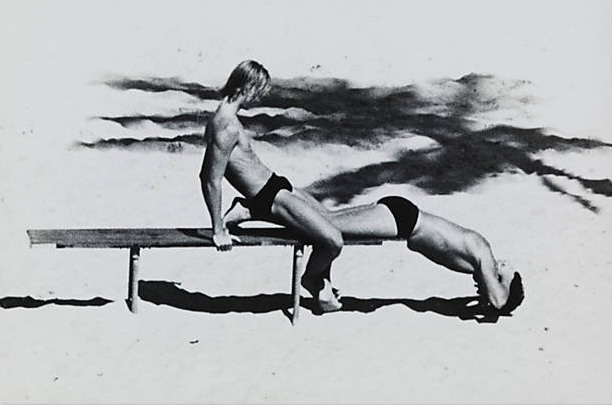
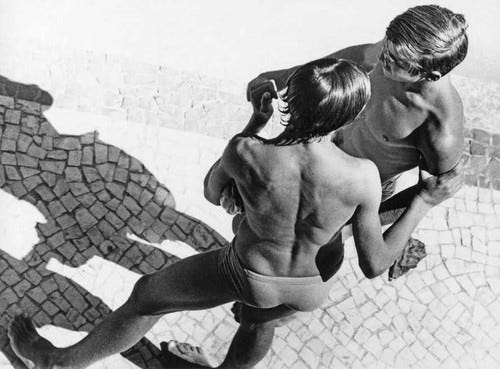
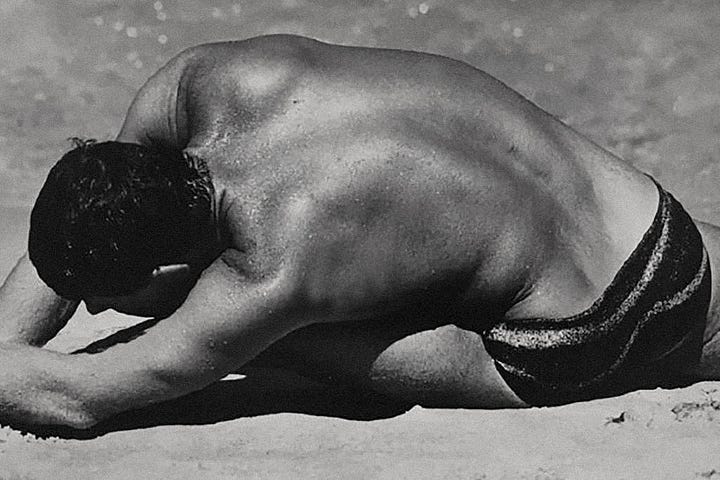
What interests me in Alair Gomes, the late Brazilian photographer, is his focus on desire and the experience of the transcendence of sex. His work represents a certain tension of heat and sexual energy that I don’t find outside the beaches of Rio. The anonymity of his subject makes us see the human body as a sculpture. It’s this idea of desire and voyeurism that’s so magnetic in his work.
Ney Matogrosso, Caetano Veloso, Maria Bethânia, Fernando Gabeira
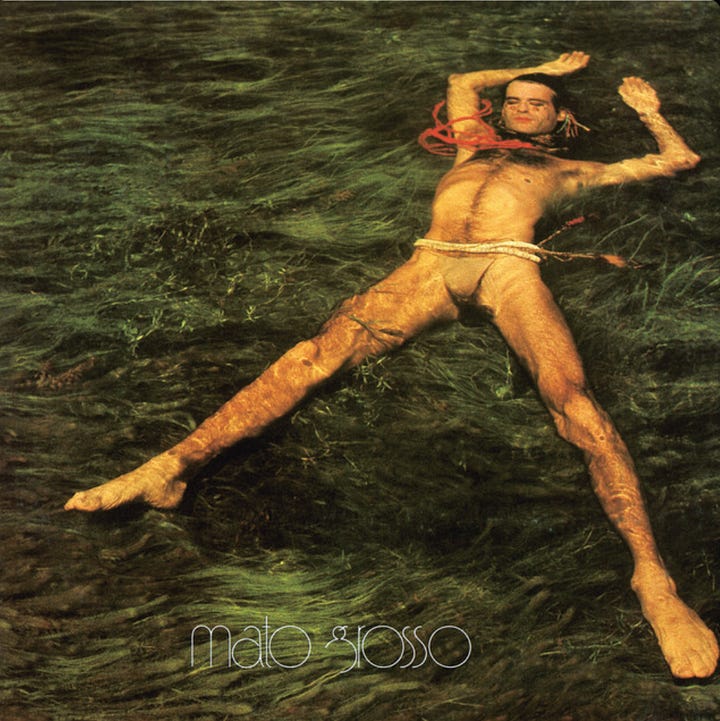
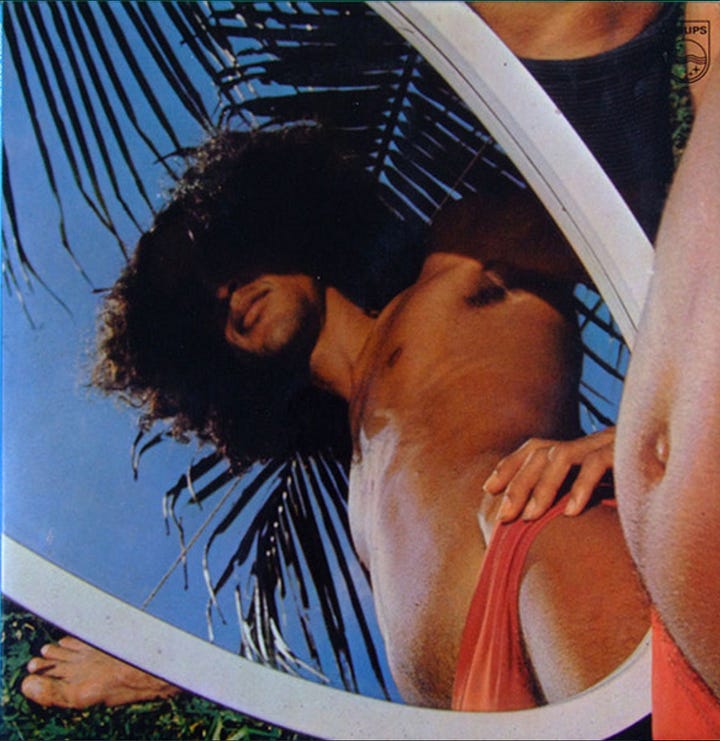

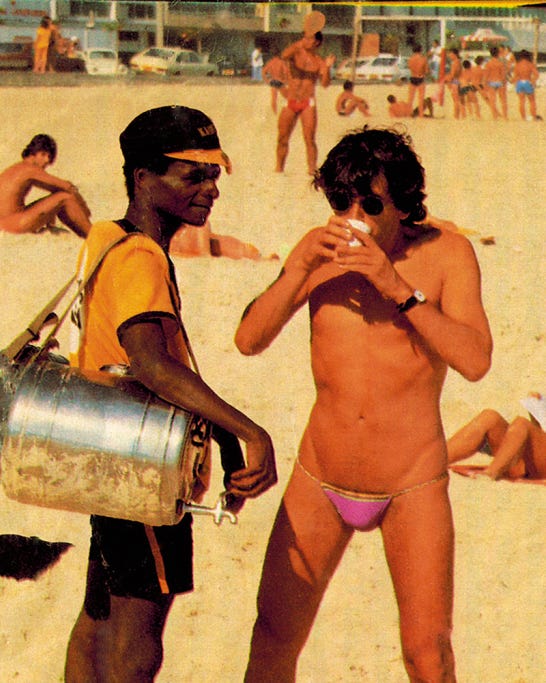
The musicians Ney Matogrosso, Caetano Veloso, and Maria Bethânia, as well as the philosopher Fernando Gabeira, mark an important period in Brazilian history. It was the ‘60s and ‘70s, and Brazil was living its largest creative wave, a very original one, that had a serious national and international impact. They are among the most genuine expressions of Brazilian identity and resistance to political oppression, they are examples of people who didn’t fall into any type of conditioning and really created their own expression. Their work resonates in this current political climate; it’s a great reminder that creative expression is a strong resistance to oppression.
Ernesto Neto
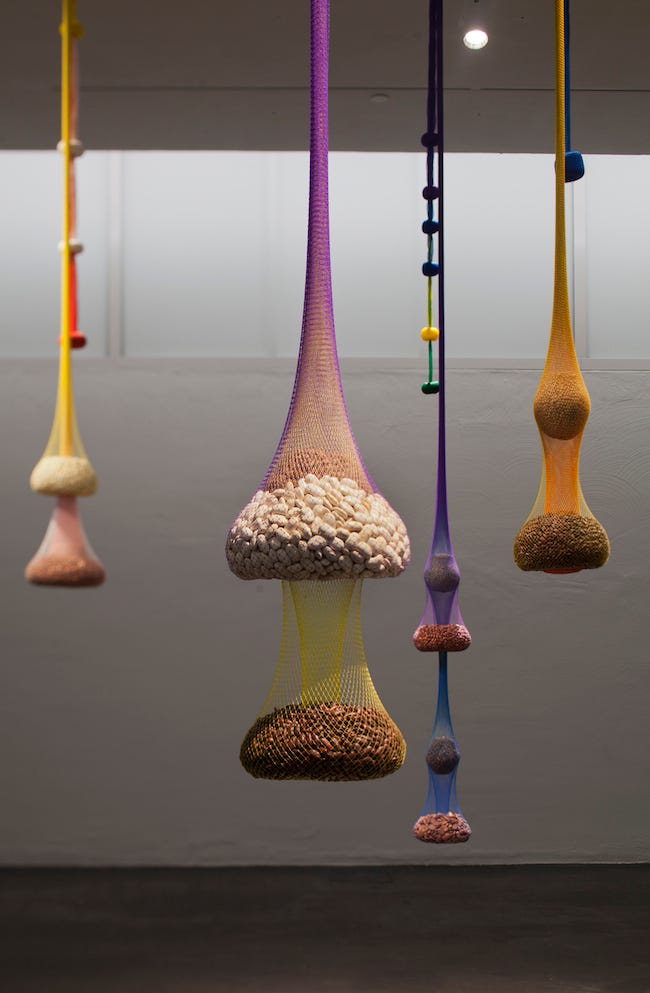
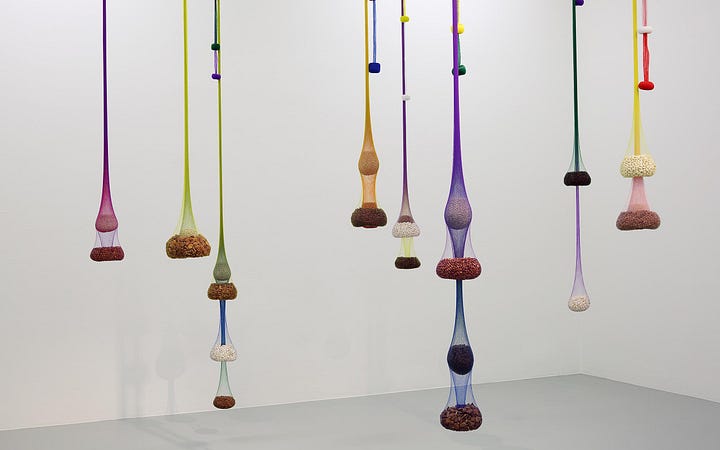
Ernesto Neto’s work is deeply rooted in the sensorial, an important element in his artistic language. He creates immersive environments that invite the viewer to touch, smell, walk through, lie down, and feel, making the body an active participant in the experience of art. He sees the body not just as a spectator but as a vessel for emotion, memory, and connection. The senses are of great importance to Brazilian life.
Heitor Villa-Lobos: Alma Brasileira, 1938
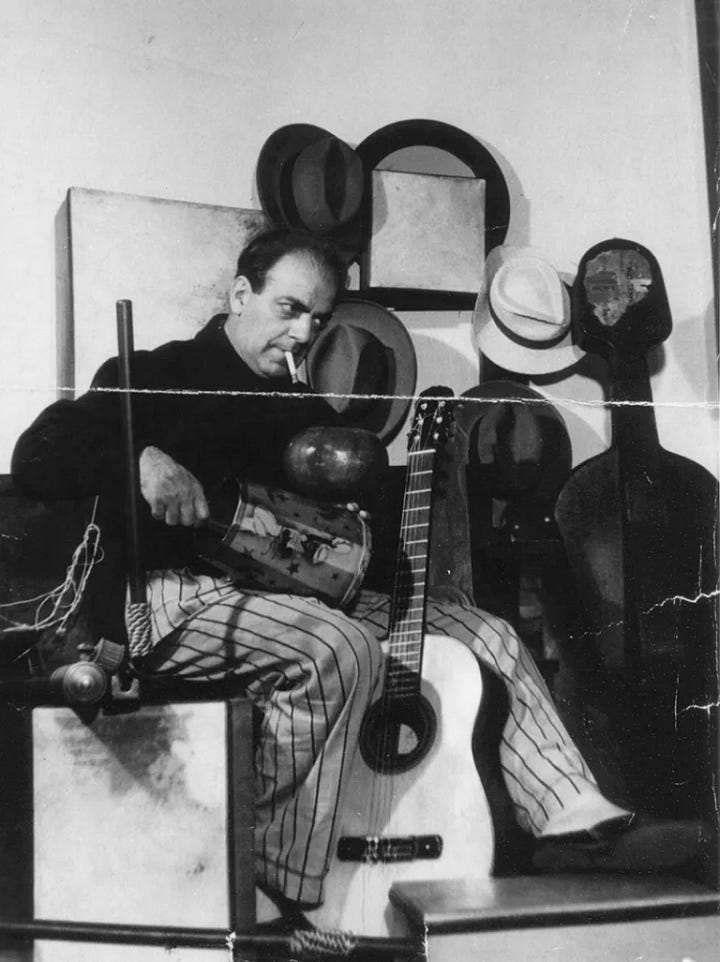
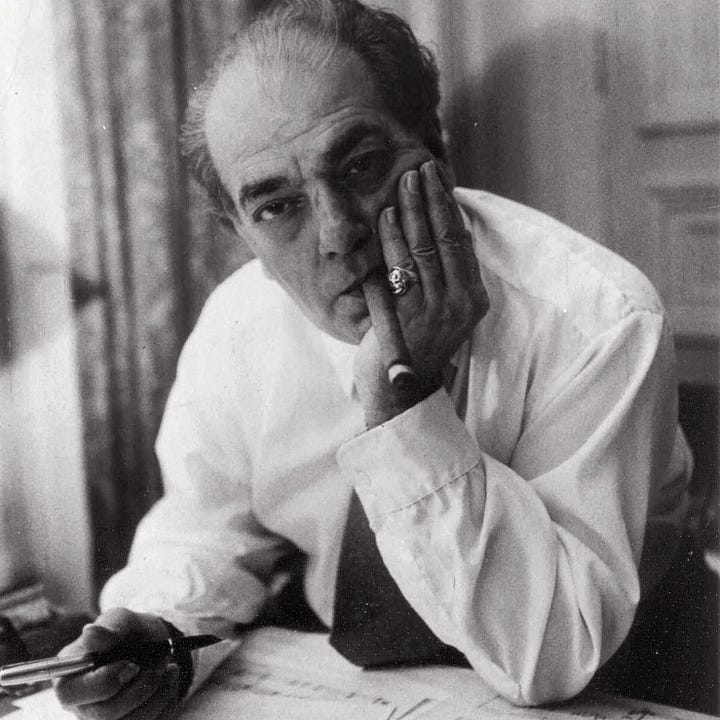
When the Brazilian composer Heitor Villa-Lobos wrote “Alma Brasileira” the world was living through uncertain times. Political tensions between countries were high as we were about to enter the second world war. This song evokes a deep, poetic, and spiritual Brazil and speaks to the Brazilian soul. It was an expression of warmth in a difficult moment and testifies to the optimism, love, and comfort Brazil offers the world. I hear it as a remedy that resonates with me today as we undergo a period of such uncertainty. Villa-Lobos was as inspired by Bach as he was by Brazilian folk music. In this version, “Alma Brasileira” is performed by the cellist Yo-Yo Ma.
Lygia Pape
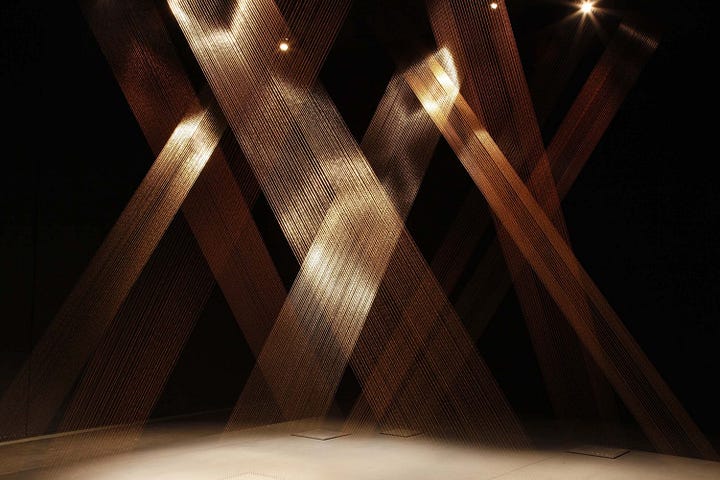
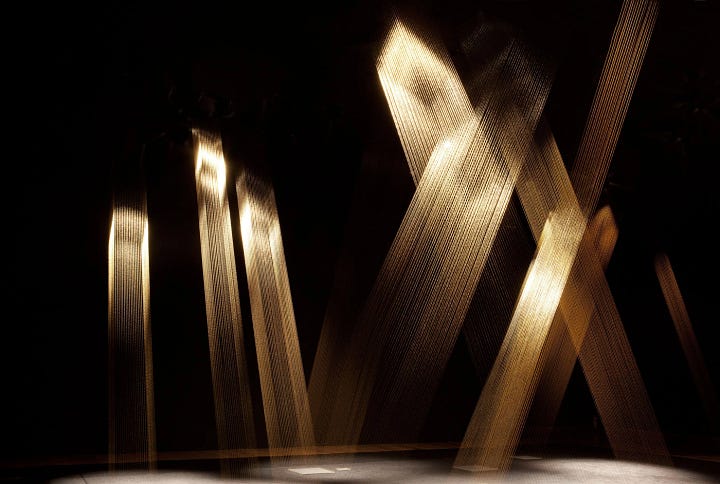
Lygia Pape revisited “Ttéia 1, C” throughout her career in 1976 and 2002. Both the work and the name, which means web in Portuguese, remind me of the wisdom of nature. We, nature, need years to develop, adapt, and integrate into an ecosystem. When spiders are building webs, they use their legs to feel the environment’s frequency and assess if it has the necessary conditions for that web. If they feel the wrong conditions, they will eat the web and move onto a new place. I think this is a beautiful metaphor for how we interact with life and make decisions.
The Modernists: Oscar Niemeyer and Paulo Mendes da Rocha
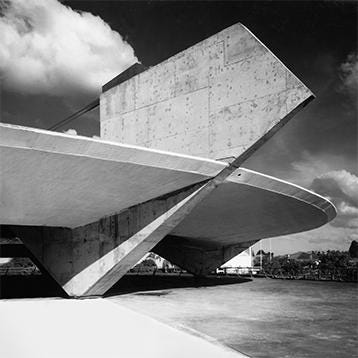
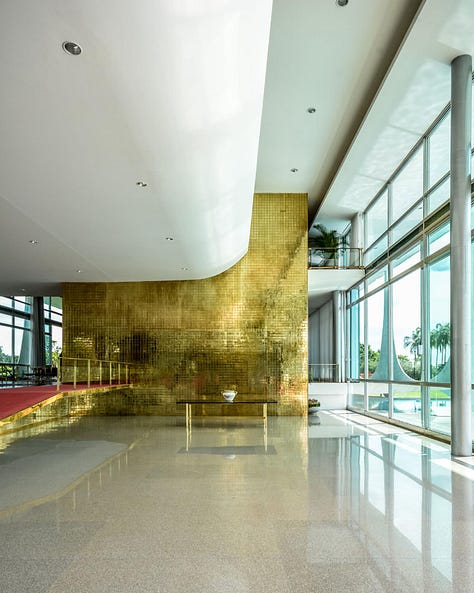
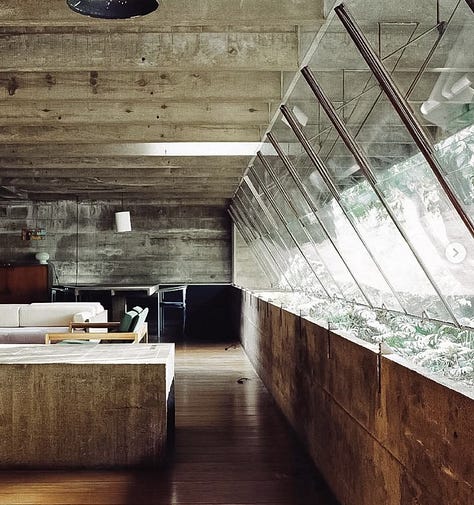
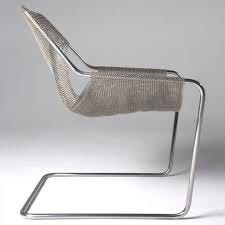
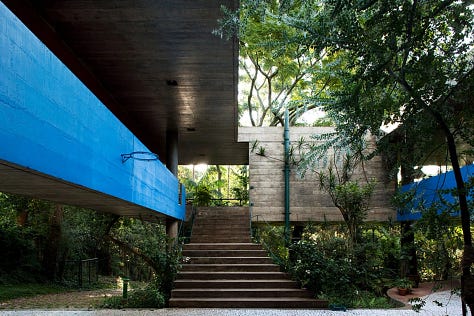
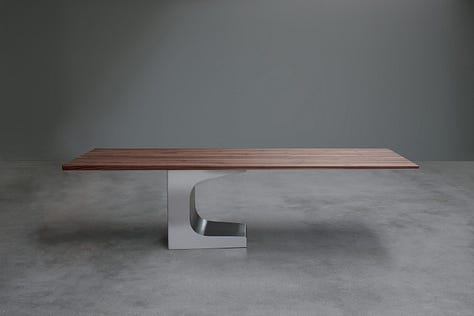
The pure modernist form expressed by Oscar Niemeyer and Paulo Mendes da Rocha, have influenced and continue to influence my work today. Take for example Niemeyer’s gold wall at the Alvorada Palace. There’s a magnitude of gold but in equal value a simplicity that removes it from a position of power and wealth, he displaces gold from an ostensible place. I find this brilliant. I’m also fascinated by science fiction and UFOs, and a lot of Niemeyer’s works, and this specific one by Rocha, make me think of spaceships.
Lygia Clark
I am attracted to Lygia Clark’s “Biological Architecture” because it’s an experiment where the public interacts with malleable and organic forms. I like the idea that the construction of a space, and the inhabitation of this space, requires the body. It resonates in my own work when I’m making clothes, it’s so sensorial. The body wakens the matter; the work is alive because of the interaction between it and the body.
My Mother, Gloria Coelho
My mother Gloria Coelho, who is also a fashion designer, formed me in my passion for futurism and modernism, she was obsessed with science-fiction. I admire the radical way in which she explores an idea in a collection, she looks at sensuality with great intelligence.
This campaign was made using a digitally created sci-fi background. It was done in collaboration with her friend and Dutch photographer Martin Dijkstra, and was based on the film “The Matrix”.
My favorite Gloria Coelho collections from the early 2000s
